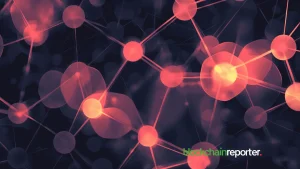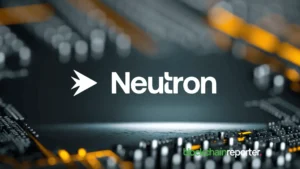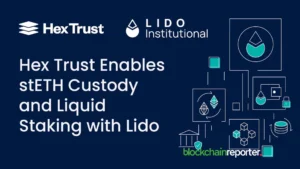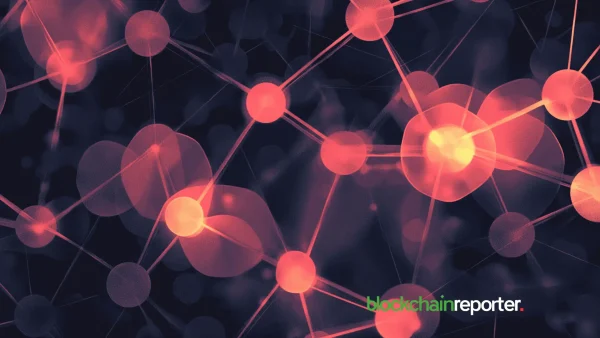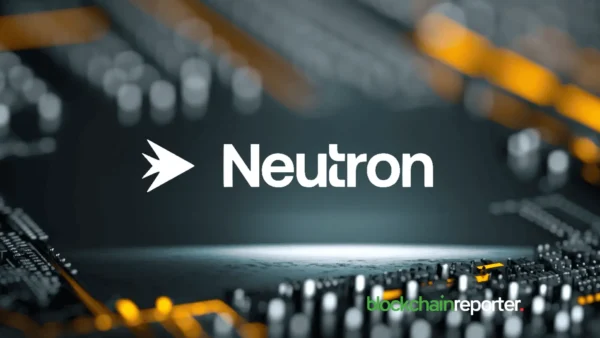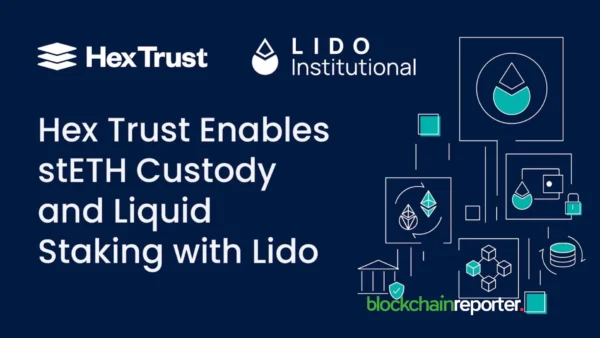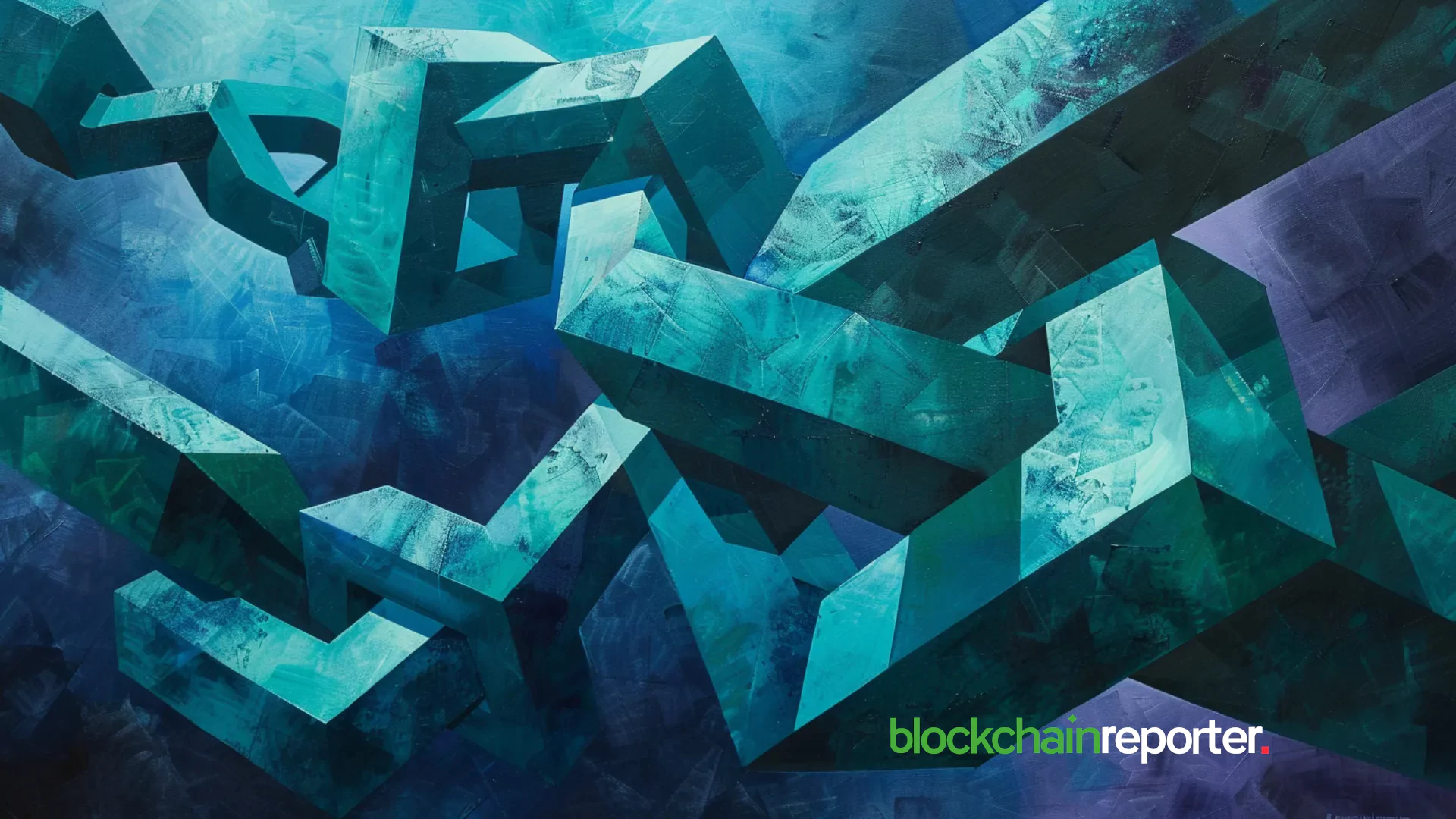
In the wake of Curve Finance’s recent $47 million hack, a new twist has emerged in the decentralized finance (DeFi) protocol. Amidst speculations of a potential massive dump of Curve DAO (CRV) tokens, founder Michael Egorov has sold nearly 10 million CRV tokens in over-the-counter (OTC) deals to Justin Sun and DCF God. The sale aims to save his FraxLend’s borrow operation from a potentially catastrophic liquidation event due to sky-high interest rates.
Will Curve Founder’s Smart Move Succeed?
Onchain analytics firm Lookonchain recently reported that Michael Egorov, the founder of Curve Finance, offloaded 4.25 million CRV tokens to DCF God, fetching an average price of $0.4 per token and yielding a total of $1.7 million in USDT. In a separate deal, Egorov also transferred 5 million CRV tokens to Justin Sun at the same average rate of $0.4, receiving $2 million in USDT in return.
Crypto research firm Delphi Digital shed light on the critical financial maneuver by revealing Egorov’s significant loan positions backed by a considerable portion of CRV’s circulating supply. Egorov reportedly holds about $100 million in loans across various DeFi lending platforms backed by an astounding 427.5 million CRV tokens. A particularly precarious loan was identified on Frax Finance, where Egorov’s 59 million CRV backed a debt of 15.8 million Frax.
FraxLend’s loans are associated with a time-weighted variable interest rate that increases exponentially, adding a layer of risk to Egorov’s position. Currently, at 100% utilization, the interest rate on this loan doubles every 12 hours and, according to Delphi Digital, could spike to 10,000% within just 3.5 days. This could trigger a liquidation regardless of CRV token price.
To mitigate these risks, Egorov has taken aggressive steps to reduce his debt and the loan’s utilization rate. He has reportedly repaid 4 million FRAX over the last 24 hours. But this effort has been frustrated by users quickly withdrawing liquidity as soon as repayments are made.
Egorov responded to this challenge by setting up a Curve pool to lure liquidity back into the lending market. Remarkably, the pool attracted $2 million in liquidity within just four hours of its launch, bringing the utilization rate down from 100% to 89%.
Here’s how Egorov’s strategy worked:
- He established a CRV LP pool where users can provide liquidity between crvUSD and Frax deposited in the FraxLend CRV pool.
- He used his own CRV tokens to guarantee rewards for depositors.
- Depositors now receive 80% in FraxLend plus CRV emissions as incentives.
As a result of this ingenious strategy, FraxLend’s rates ceased doubling every 12 hours, and the risk of liquidations has been staved off, unless the CRV price plummets dramatically. Additionally, the yield for depositors has increased, and crvUSD adoption is growing.
While this seems like a well-devised rescue plan for FraxLend, its success ultimately hinges on attracting enough investors. Potential investors, however, have shown reluctance in depositing Frax into FraxLend even at a whopping 80% yield.
Thus far, Egorov has offloaded a total of 29.25 million CRV tokens through OTC transactions, yielding a return of 11.7 million USDT.
Forced Liquidation Is A Serious Blow To CRV Token
A compulsory liquidation would inflict another heavy setback on Curve, an essential pillar in the DeFi landscape, still recovering from a colossal exploit that drained about $70 million from its users. Curve’s total value of locked assets nosedived to $1.6 billion from $3.7 billion as numerous investors withdrew funds, acting on the side of caution.
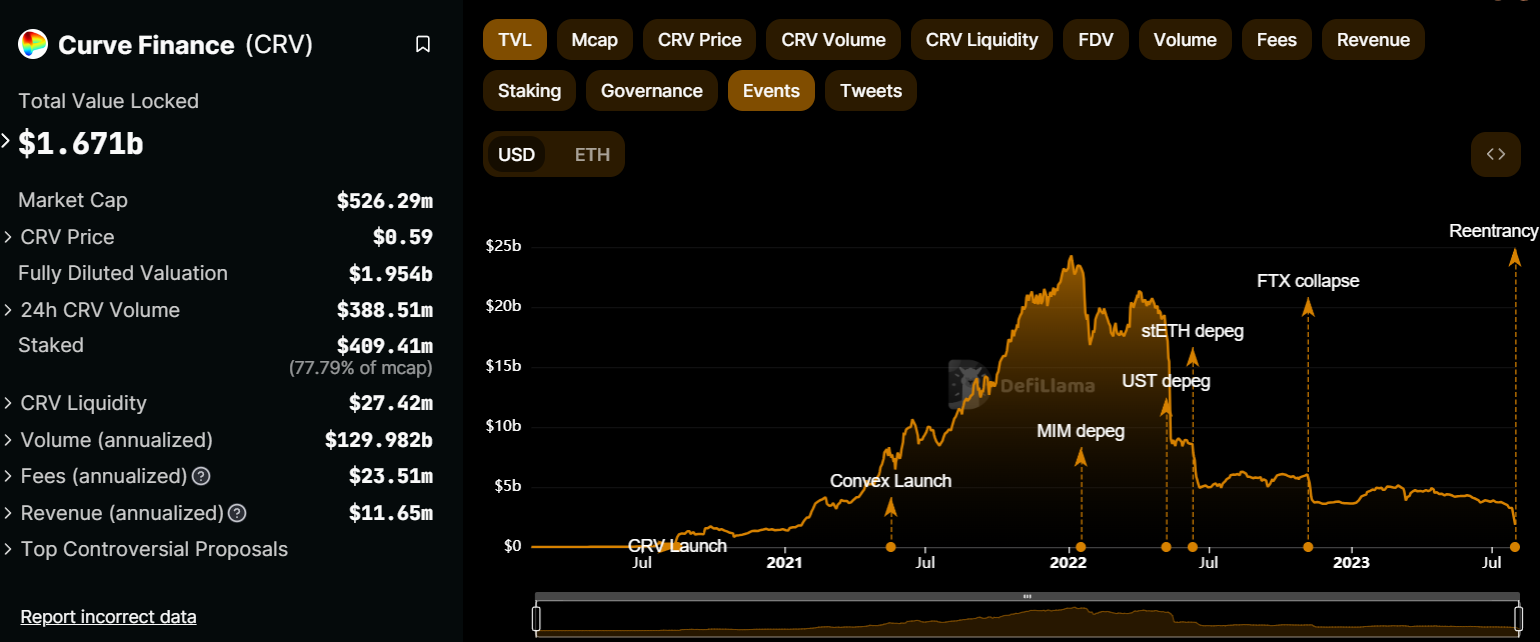
Given DeFi’s interlinked structure, a liquidation of Egorov’s position could exert significant stress on other decentralized lending protocols and impact the price of CRV. The CRV token is a fundamentally crucial asset within the DeFi ecosystem, serving as a trading pair and a stabilizing factor in trading pools across numerous platforms, including well-known ones like Sushi and Uniswap. Furthermore, it’s a highly favored form of collateral on the lending platform, Aave.
Regardless of the outcome of Egorov’s CRV borrowing position, the circumstances have already sparked debates within the crypto investment community about how an individual could control such a significant portion of a high-grade crypto token’s supply.
This situation also prompts a reevaluation of protocols for decentralized lending platforms such as Aave, highlighting the need to consider implementing protective measures to restrict large positions like Egorov’s that could pose a potential threat to the system’s stability.

